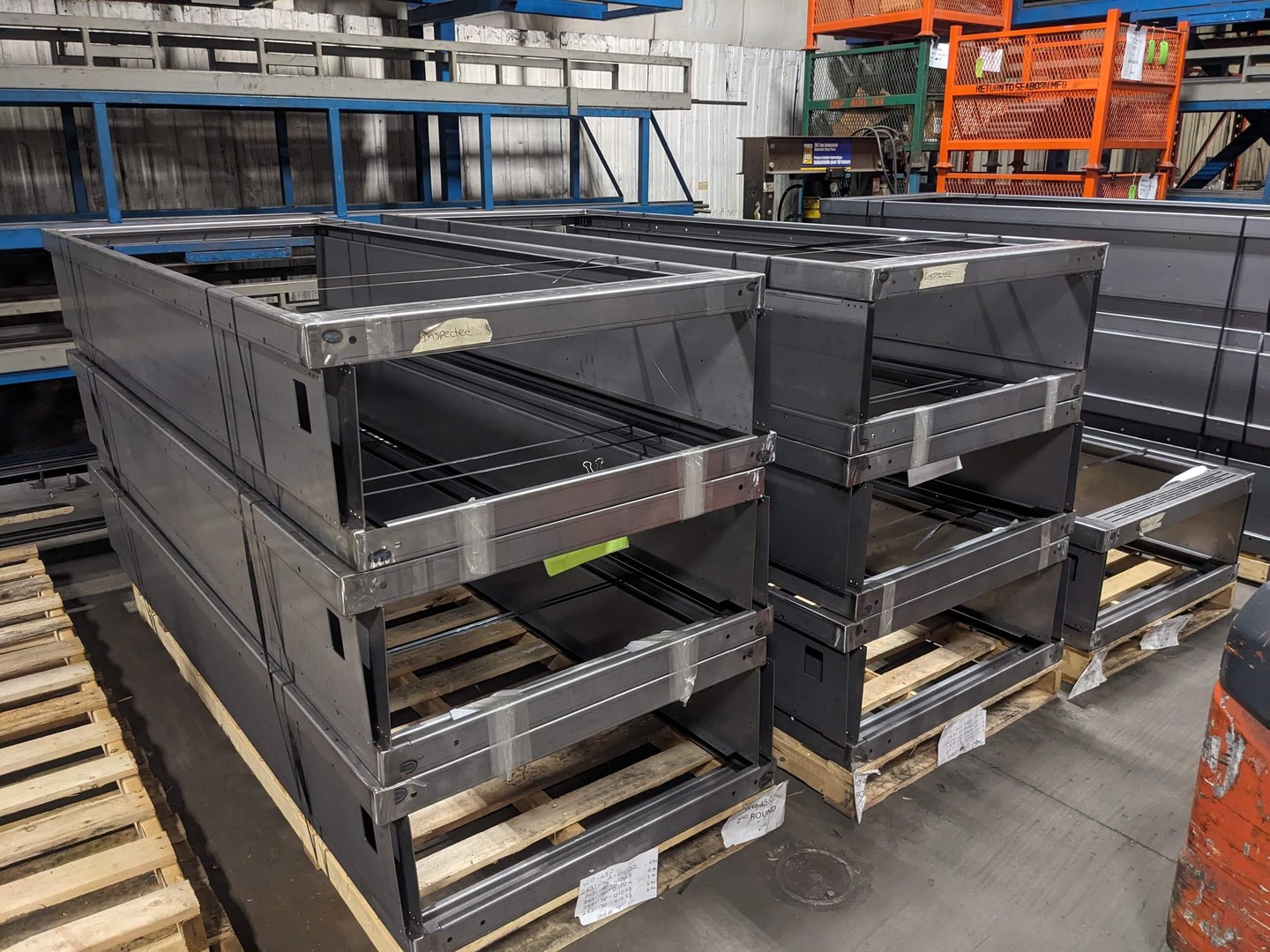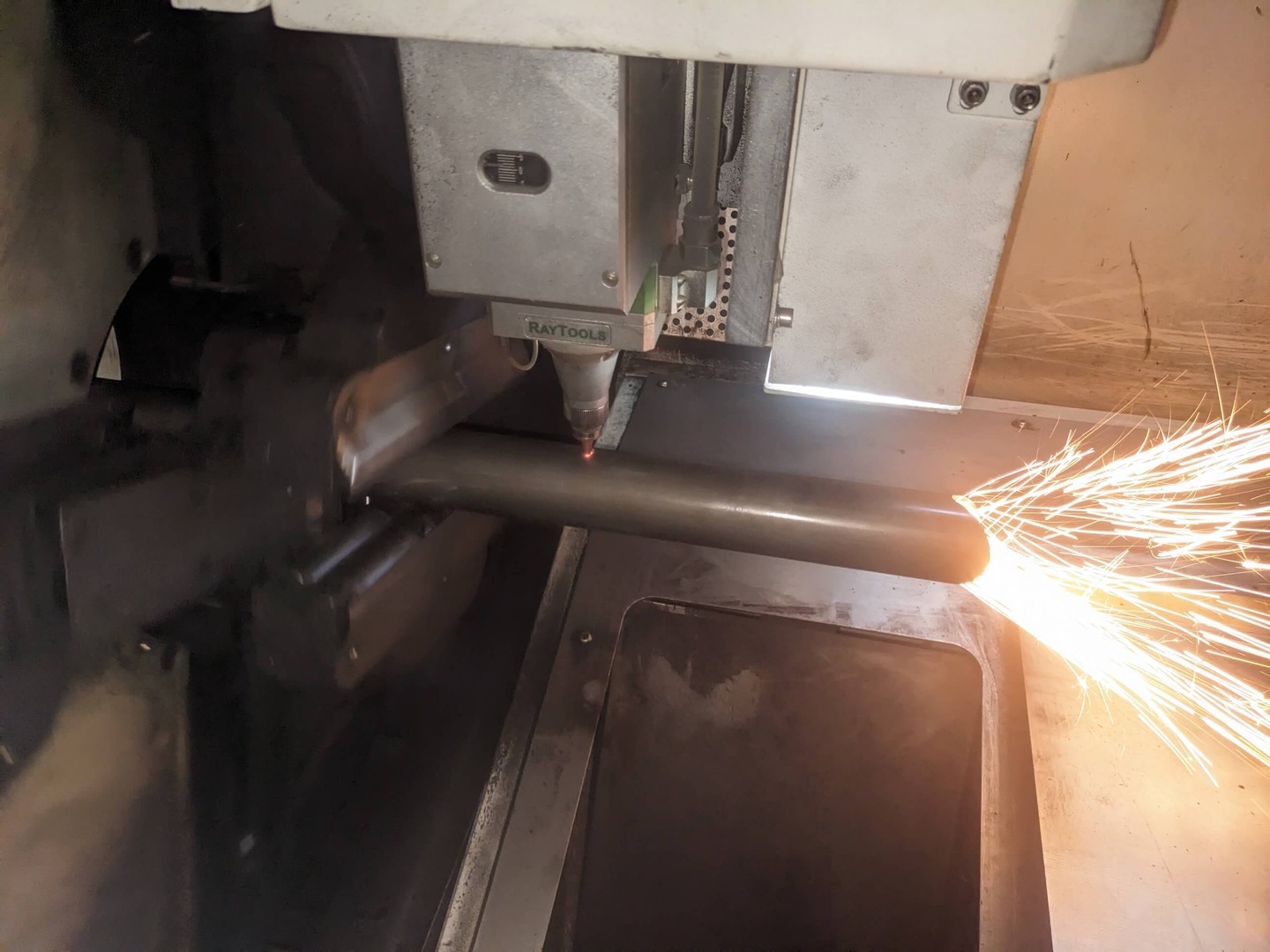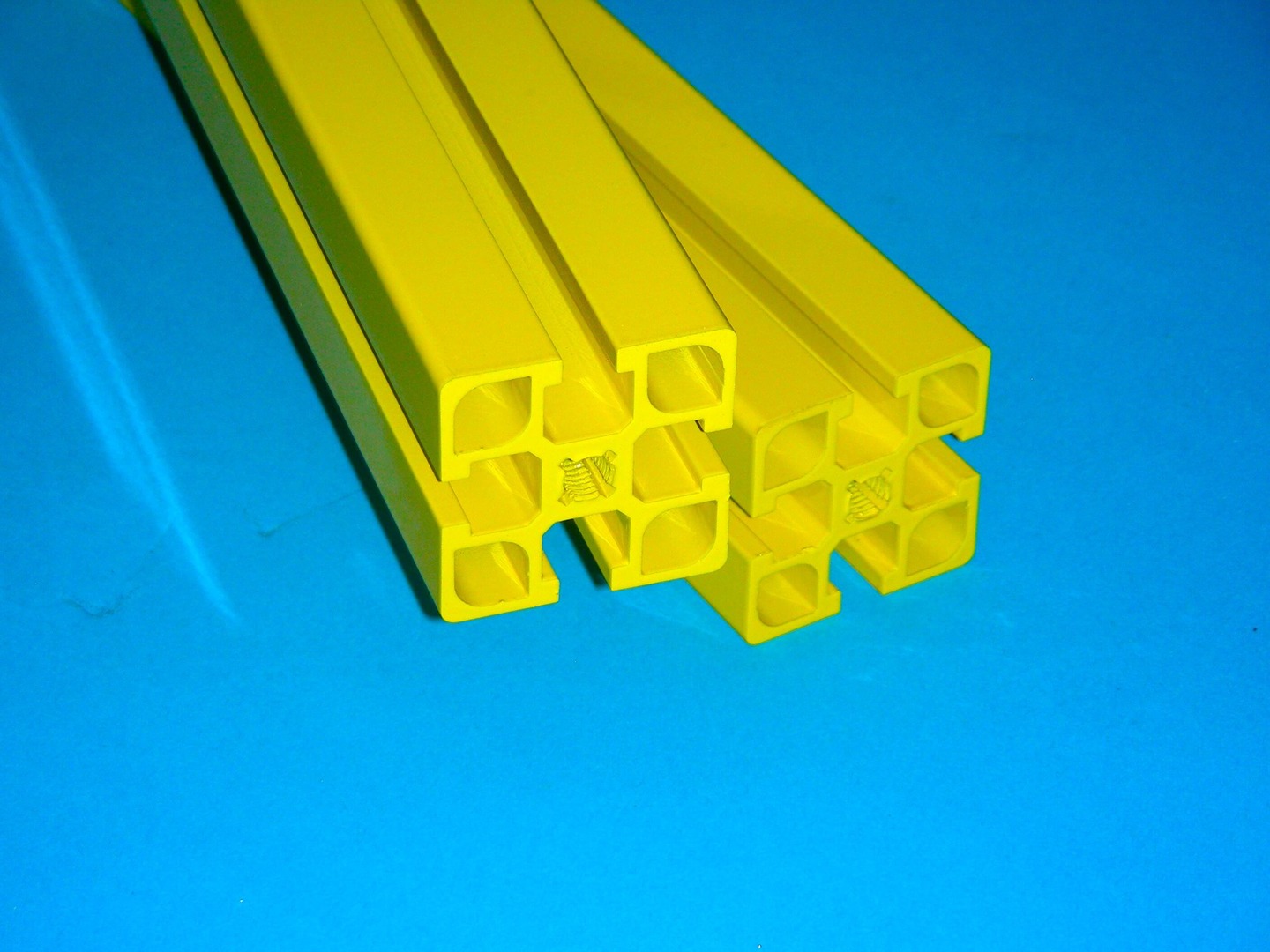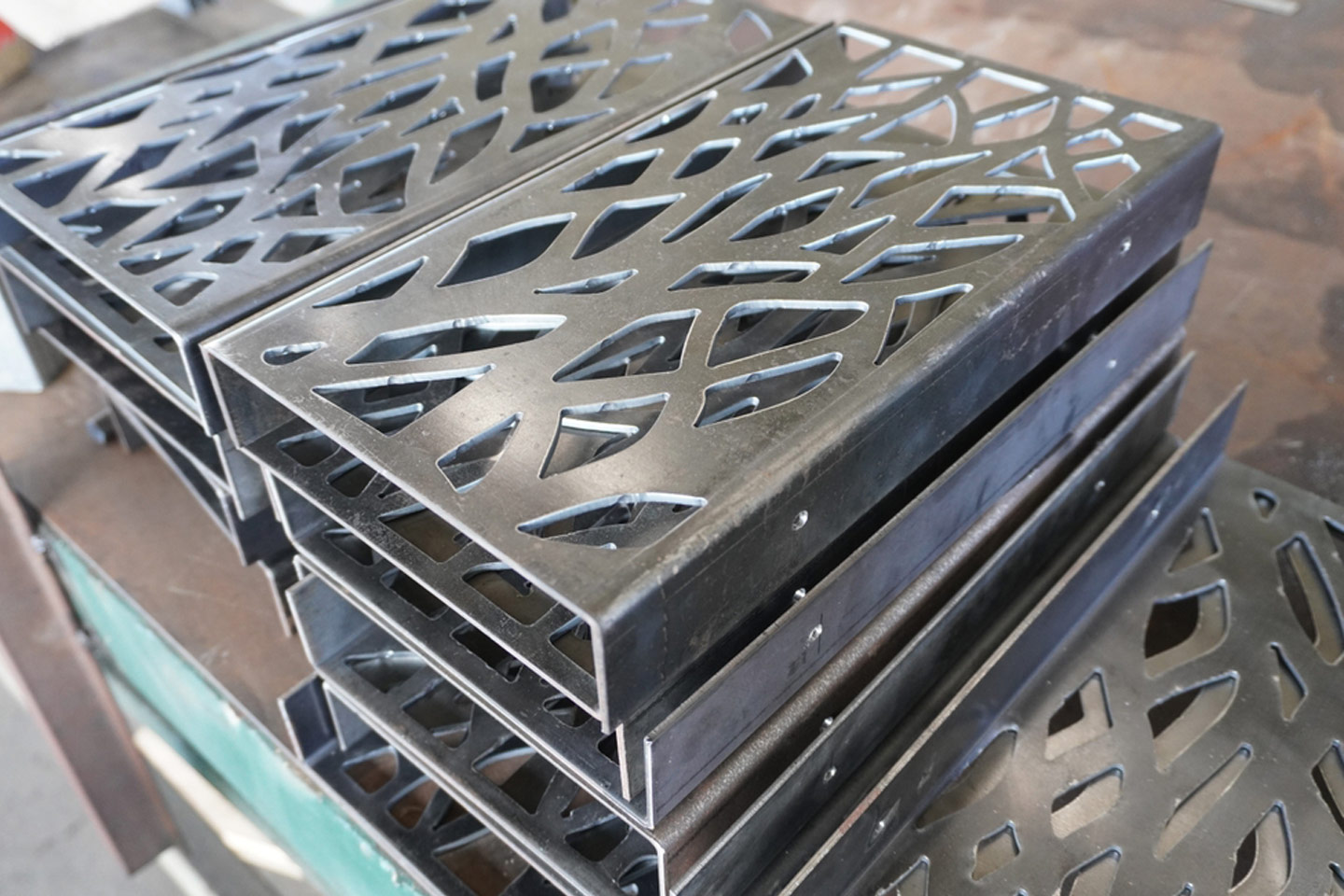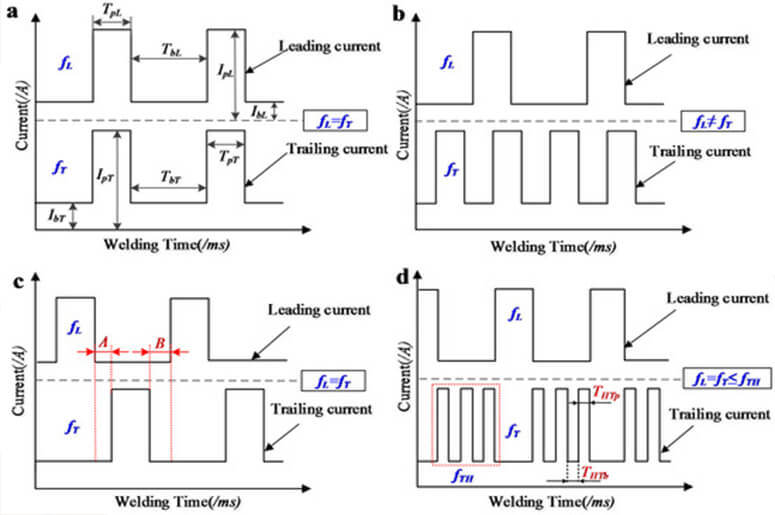Advancements in welding technology have radically transformed the industry, offering greater precision, stronger welds, and enhanced efficiency. At the core of these innovations are waveform and pulse technologies—critical components that improve the welding process. Manufacturers worldwide, such as Lincoln Electric, Fronius, and Aotai, have integrated these technologies into their machines, making modern welding more adaptable, consistent, and efficient than ever before.
Understanding Waveforms in Welding
Waveforms govern how electrical current is delivered during the welding process. By controlling the shape of the electrical wave, manufacturers can influence the arc’s behavior, optimizing penetration, heat input, and overall weld quality. Different materials and applications require specific waveform adjustments to achieve the best results. For example, laser welding Canada has benefited from the ability to adjust waveforms frequency, strength & width to improve the penetration and control of the laser beam, resulting in superior welds that are both clean and strong.
Lincoln Electric, a leader in welding innovation, has developed proprietary waveform control features in its Power Wave series. These machines allow welders to fine tune arc characteristics to match specific materials, reducing spatter and improving weld integrity. Similarly, Miller Welding’s Adaptive Arc Control technology automatically adjusts waveforms in real-time to ensure a stable and consistent arc, even in challenging conditions. This consistency is vital in environments where production speed and weld quality are crucial.
The Role of Pulse Technology
Pulse welding takes waveform control even further by alternating between high and low current levels at a controlled rate. This method reduces overall heat input, minimizes distortion, and enhances control over the weld pool—making it ideal for thin materials, aluminum, and stainless steel. In Canada laser welding has also benefited from pulse technology as well, particularly when dealing with high precision applications like thin walled metal parts. By using pulse techniques, manufacturers can improve weld penetration while preventing overheating, a common challenge in welding processes.
Fronius is another key player in pulse welding, leading the charge with its TPS/i series, which includes High-Performance Pulse (HPP) technology. This advanced system precisely regulates energy input to achieve deeper penetration with less heat distortion, producing cleaner and stronger welds. Pulse welding systems from companies like Aotai and Lincoln Electric further enhance efficiency and reduce post-weld cleanup, significantly boosting productivity in modern fabrication shops.
Benefits of Waveform and Pulse Control in Welding
- Reduced Spatter & Cleanup: Optimized waveforms and controlled pulse welding produce cleaner welds with minimal spatter. This reduces the need for grinding and rework, improving overall efficiency in metal shops and fabrication processes.
- Better Heat Management: Controlled current flow prevents overheating, making these techniques ideal for thin materials and heat-sensitive metals, such as those commonly used in laser welding applications.
- Improved Weld Penetration: Advanced waveforms ensure consistent fusion, resulting in more reliable and durable welds. Pulse technology further improves penetration, particularly when working with materials that are prone to oxidation, like aluminum.
- Higher Efficiency & Productivity: Automated waveform adjustments save time, improving overall welding speed and reducing downtime, which is vital for high-volume manufacturing.
- Stronger, More Reliable Welds: Pulse welding allows for precise control over bead formation, ensuring the strength and integrity of the weld. This results in fewer defects and a higher-quality final product.
The Future of Welding Technology
As welding technology continues to evolve, industry leaders like Aotai, Fronius, and Lincoln Electric are advancing waveform and pulse technologies. Real-time waveform adjustments will continue to enhance precision, making modern welding smarter, faster, and more efficient. These innovations benefit all industries where precision and performance are paramount.
Seaborn Manufacturing is committed to staying at the forefront of these advancements. As experts in Canada laser welding and more conventional MIG and TIG welding. Seaborn continuously invests in the best available technology to deliver high quality, precise welds that meet the rigorous demands of modern manufacturing. Whether you’re looking for advanced laser welding services, pulse welding, we have your metal fusions needs covered. Seaborn ensures your projects are completed to the highest standards of quality and efficiency.


